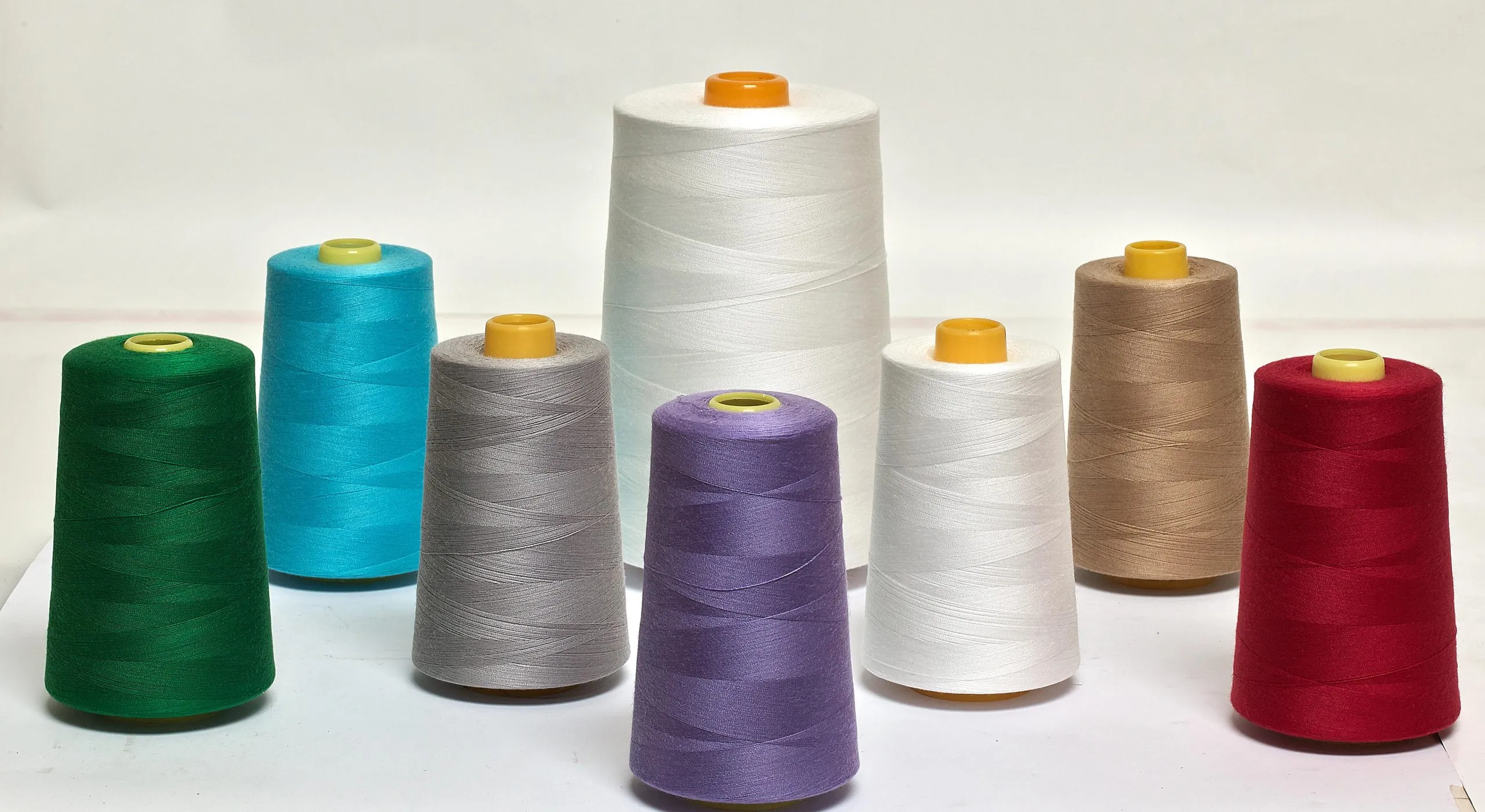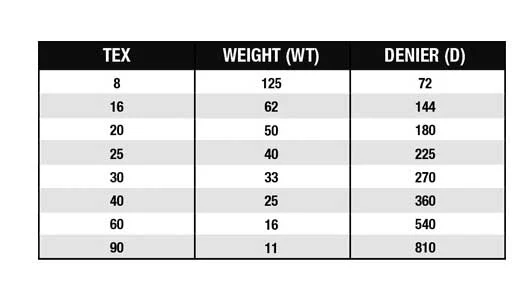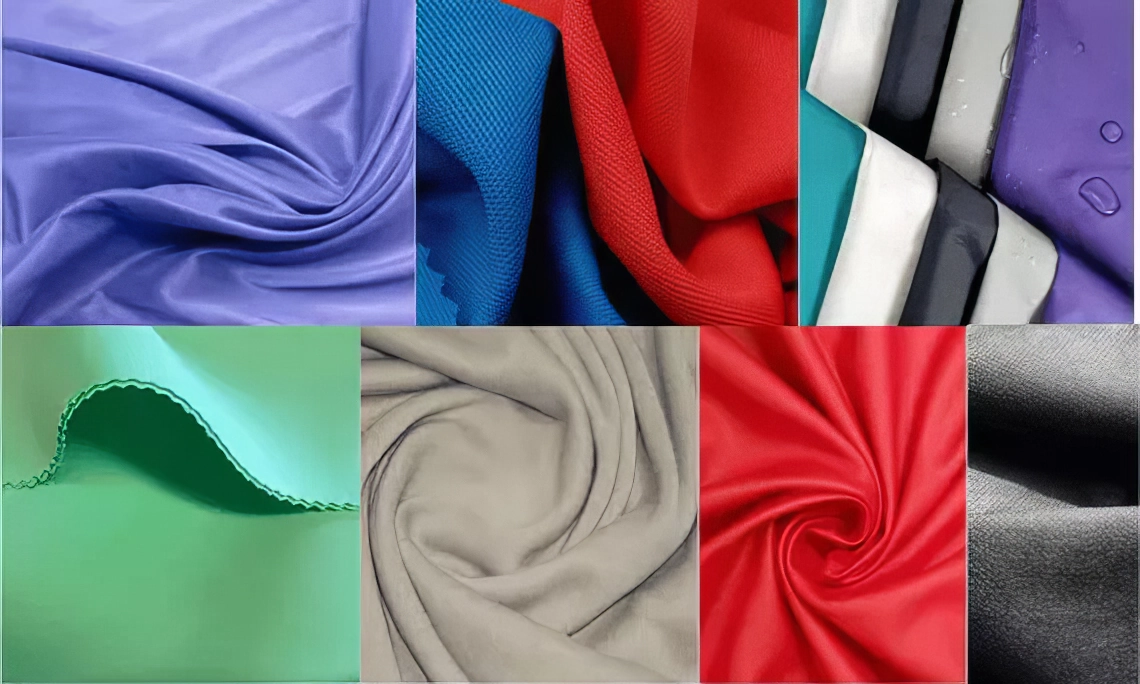
In today’s, synthetic fibers play a major role in shaping how we dress, decorate, and live. These man-made fibers are created through chemical processes that transform simple materials like petroleum and coal into strong, versatile threads. Unlike natural fibers such as cotton or wool, synthetics can be engineered to resist wrinkles, dry quickly, and last longer. Because of this, they’ve become essential in both fashion and industry. From soft clothing fabrics to tough industrial materials, synthetic fibers continue to prove how science and design can come together to create smarter textiles for everyday life.

What Are Synthetic Fibers & How They’re Made
Synthetic fibers are man-made fibers produced by extruding a polymer (often derived from petroleum chemicals) through spinnerets into air, water, or a coagulation bath to form continuous filaments. In general, the polymer is heated or dissolved, forced through fine holes (spinneret), then solidified (by cooling, evaporation, chemical coagulation) and drawn to orient the molecular chains. Four common spinning methods:
- Melt spinning: polymer is melted, extruded, cooled in air (used for thermoplastics like polyester, nylon)
- Dry spinning: polymer is dissolved in a volatile solvent; solvent evaporates after extrusion
- Wet spinning: polymer solution extruded into coagulation bath, solvent diffuses out
- Gel spinning: for high strength fibers (less common)
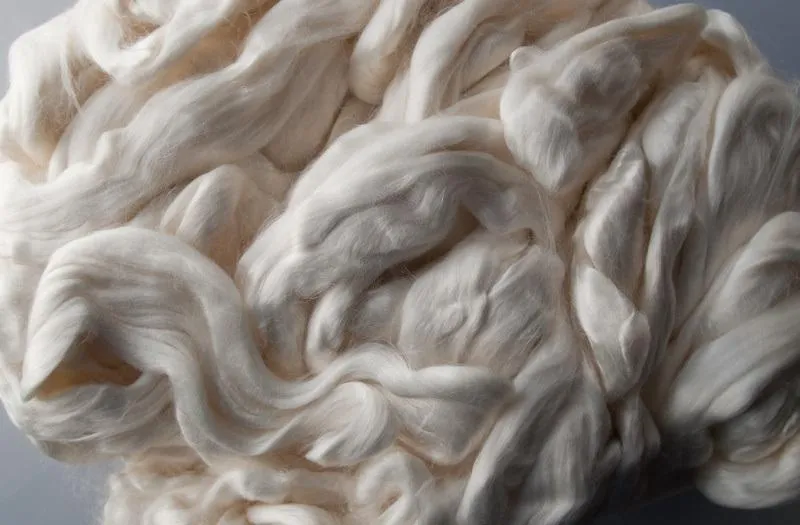
After spinning, fibers are drawn (stretched) to align molecular chains, increasing strength and reducing diameter. Also, heat setting is applied to relieve residual stresses, stabilize dimensions (prevent shrinkage) under heat and washing.
Classification of Synthetic Fibers
The classification of synthetic fibers helps us understand how they differ in origin, structure, and performance. Broadly, these fibers are divided into three main groups: those made from modified natural polymers, those made entirely from synthetic polymers, and those derived from inorganic materials. Each group has its own characteristics depending on the base polymer and production process. For example, fibers made from natural polymers such as cellulose acetate still share some traits with natural materials, while polyester or nylon—made from petrochemicals—offer greater strength and durability. Knowing these classes allows textile manufacturers and designers to choose the right fiber for the right purpose. We can divides synthetic fibers into:
- Synthetic fibers from natural polymers (i.e. semi-synthetic, regenerated or modified natural)
- Synthetic fibers from synthetic polymers (fully synthetic)
- Inorganic synthetic fibers (less common in textile fabrics)
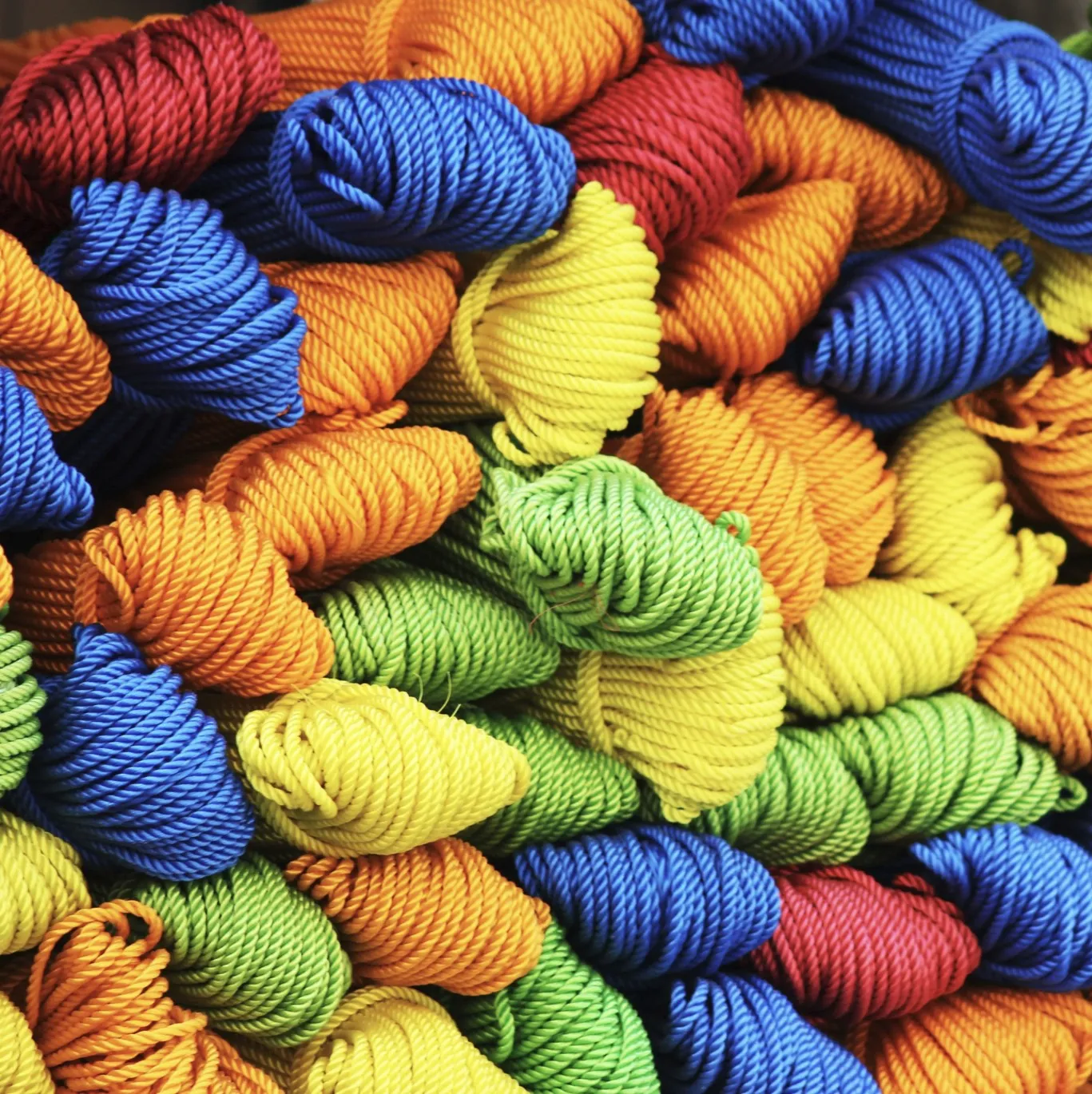
Synthetic / Modified Natural Polymers
These are fibers derived from natural polymers but chemically modified.
| Fiber | Properties | Comments / Uses |
|---|---|---|
| Acetate fiber (cellulose acetate) |
|
Used in linings, formal wear, home fabrics, scarves, etc. |
| Triacetate fiber |
|
Used in drapery, skirts, garments requiring wrinkle resistance, creases retention. |
| Cupro (cuprammonium rayon) |
|
Used in linings, sheer fabrics, dresses, nets, fine drapery. |
| Rubber |
|
Used in swimwear, corsetry, elastic components, hosiery. |
Fibers from Fully Synthetic Polymers
These are built entirely by chemical synthesis (from small monomers). The majority of textile synthetics fall here
| Fiber | Typical Properties / Data | Notes & Applications |
|---|---|---|
| Polyester (PET, poly(ethylene terephthalate)) |
Polyester accounted for ~52 % of global fiber production In 2021, synthetic fibers overall made up ~64 % of the global fiber market High crystallinity and hydrophobicity → resistant to water, chemicals Good tensile strength, shape retention, elastic recovery (after finishing) |
Widely used in apparel (shirts, dresses, outerwear), home textiles (curtains, upholstery), industrial uses |
| Nylon (polyamides) |
Very good strength, elasticity, abrasion resistance; moderate moisture absorption (~4-7 %) depending on variant Among synthetic fibers, nylon has been a major commercial type |
Used in hosiery, swimwear, ropes, industrial fabrics, carpets |
| Acrylic (polyacrylonitrile or copolymers) |
Must contain ≥ 85 % acrylonitrile monomer (for classification as acrylic) Good warmth, resilience, softness; used as wool substitute |
Sweaters, blankets, upholstery, carpets, faux fur, outdoor fabrics |
| Olefin (polyolefins: polypropylene, polyethylene) |
Very low density (0.90–0.96 g/cc depending on variant) Low moisture regain (0.01–0.1 %)) Good strength retention (dry and wet) Good chemical, mildew, abrasion, UV resistance |
Carpets, ropes, outdoor fabrics, geotextiles, liners, packaging |
| Spandex / Elastane (polyurethane-based elastomers) |
Extremely high elasticity and recovery (can stretch 5–8× or more) Low strength compared to high-strength synthetics but essential where stretch is needed |
Activewear, swimwear, undergarments, stretch inserts |
| Aramids (e.g., Kevlar, Nomex, Twaron) | Aromatic polyamides → high thermal stability, flame resistance, high tensile strength modulus | Bullet-proof vests, heat-resistant clothing, aerospace composites |
| Other specialty synthetics | E.g. modacrylic, vinyon, metallic fibers, PLA (polylactic acid-based bio-synthetics) | Used in niche or decorative / functional roles |
Inorganic Synthetic Fibers
These are synthetic fibers based on inorganic materials (not carbon-chain polymers). Examples include:
- Glass fiber, ceramic fibers, metal fibers
- They offer very high heat resistance, strength, and are used in composites, insulation, specialty textiles rather than apparel
Applications: Matching Properties to Use Cases
The remarkable success of synthetic fibers lies in their unique physical and chemical properties. Most synthetic fibers are strong, wrinkle-resistant, and durable, making them ideal for everyday use. They dry quickly because they absorb little moisture, and many can be heat-set into permanent shapes. Their smooth surfaces make them comfortable to wear and easy to clean. However, not all properties are positive—some synthetics can trap heat or generate static electricity—so understanding their strengths and limitations is key to using them wisely in textile applications. Here’s more specificity on how different synthetic fibers are used, linked to their properties:
| Fiber | Properties that make it suitable | Typical Applications |
|---|---|---|
| Polyester | Good strength, crease resistance, dimensional stability, ease of care | Apparel (shirts, dresses, activewear), home textiles (curtains, linings, upholstery), industrial fabrics |
| Nylon | High strength, elasticity, abrasion resistance | Hosiery (nylons), parachutes, ropes, technical fabrics, carpets |
| Acrylic | Wool-like feel, warmth, light weight | Sweaters, winter garments, blankets, upholstery, faux fur |
| Olefin | Low weight, high bulk, moisture resistance, chemical stability | Carpeting, geotextiles, outdoor upholstery, ropes, fibers used in polypropylene packaging |
| Spandex / Elastane | Extreme stretch & recovery | Activewear, sportswear, cycling gear, lingerie, stretch panels |
| Aramid (Kevlar, Nomex) | High strength, flame/heat resistance, modulus | Protective clothing (firefighters, military), aerospace composites, high-stress parts |
| Acetate / Triacetate / Cupro | Silk-like drape, smooth, good luster | Lining fabrics, dress fabrics, curtains, scarves |
| Inorganic fibers (glass, ceramic, metal) | Heat and flame resistance, stiffness | Insulation, composites, filtration, fire barriers, reinforcing fabrics |
Final Word / Conclusion
Synthetic fibers have truly changed the way we live, dress, and design. They combine science and creativity to deliver fabrics that are durable, affordable, and easy to care for. From lightweight polyester shirts to heat-resistant aramid uniforms, these fibers meet almost every modern need. Yet, as technology advances, the textile industry is also working toward making synthetic fibers more sustainable and environmentally friendly. Understanding their classification, properties, and uses helps us choose wisely between comfort, performance, and responsibility. In short, synthetic fibers remind us how innovation in materials can shape a better, smarter future for textiles.

